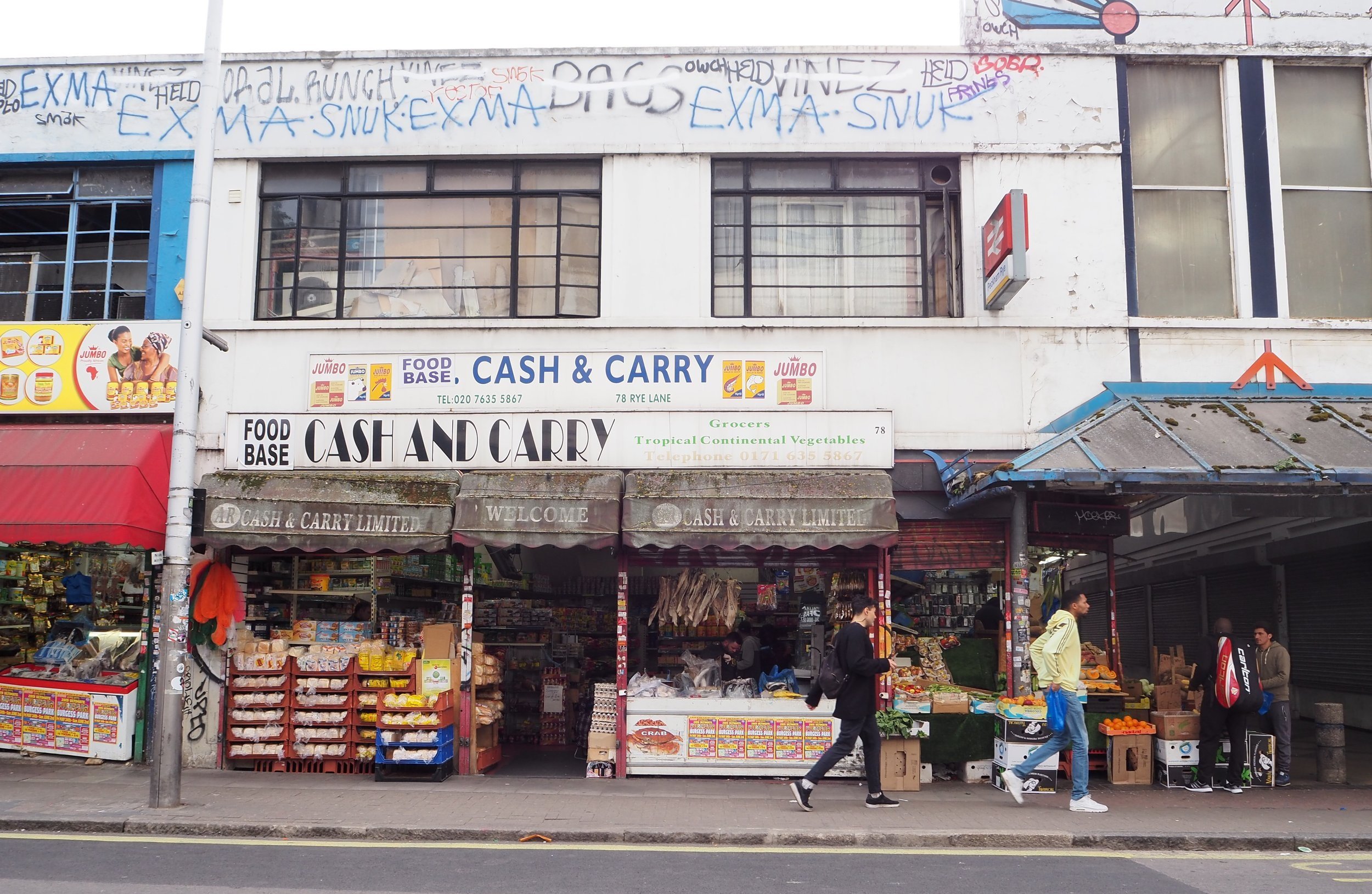INTRO UNDERSTANDING THE CONTEXT LISTENING TO PEOPLE OBSERVING FOODSCAPES CRAFTING INSIGHTS
Through the application of the methods in this section, you will define a problem or question you would like to understand better, define the study area context, begin to learn about the area's food offerings, demographics, and identify the right people to include.
In a comprehensive Foodscapes Assessment, this is the stage where you would assess project risks, consider organisational capacity, budget, timeline, power dynamics, and more in order to set the project management team up for success.
Understanding the Context
METHODS IN THIS SECTION
→ Define the purpose
→ Get to know your context
→ Identify the right people
→ Map the macro foodscape
Define the purpose
First, define what you want to get out of investigating foodscapes. Be clear about the challenge you’re hoping to understand, your audience, and what you hope to accomplish by using conducting a Foodscapes Assessment.
Consider the following key questions:
Study Area: What area or neighbourhood do you want to focus on?
Target Population: Are there any particular groups of people that you're trying to understand? (Consider traits like: age, health condition, income, known level of food access, etc.)
Study Goal: What is the general goal of your study? Get as specific as you can at this point.
EXAMPLE purpose statement
We want to improve healthy food consumption within a 15-minute walk of the Community Kitchen in North Philadelphia.
Once you've defined the purpose statement, create specific research questions. Define the research question clearly and be specific enough to be answered in the time you have, and complex enough that it requires research and analysis – so not a question that can be answered with a 'yes' or 'no'!
EXAMPLE research question
How do teenagers between 13 and 18 years old access healthy food within a 15-minute walk of the Community Kitchen in North Philadelphia?
For more detailed guidance, use the downloadable worksheet.
Worksheet
A worksheet to help define the purpose of the investigation and craft a specific research question.
Estimated time: 30 mins
Get to know your context
Before engaging people or observing foodscapes, it is important to get an initial, high-level understanding of the context you are working in. Reflect on your own position, gather what you know, and do additional research on your focus area related to health, demographics, economics, and culture.
You can gather this information using desk research and refine your initial learnings through discussions with community members and groups.
Questions for desk research include:
What are health conditions in this community?
What are other important issues in this community that may be related to health, such as social issues, economics, or politics?
What do you know about the specific populations you are trying to reach or provide impact for? Get an understanding of demographics (including cultural, social, and economic background) as well as predominant health concerns.
Who has been historically underrepresented in past community planning efforts in this area?
What is your relationship to this community? Are there steps you would need to take to gain the trust needed for community members to speak candidly with you, or do you need to work with a local partner to engage with locals?
Identify the right people
Next, identify relevant decision makers and community members for the study area and research question. These people may be members of formal organisations, institutions, and associations, as well as informal social networks and groups in the local community.
In a Foodscapes Assessment, these could include providers (those who sell or otherwise provide food to users), regulators (actors who influence how public space and food intersect in a neighbourhood), as well as community members and advocates.
For more information, download the Mapping Foodscape Actors worksheet. It includes a mapping exercise as well as key questions and definitions to help you expand your research beyond the obvious people and groups.
EXAMPLE FROM THE FIELD
In Houston, our local partner Hope Clinic was tackling preventative health care from within the clinic. By mapping community members and decision makers, Hope Clinic learned that food vendors within the community were both interested and willing to provide healthy food as part of a patient prescription model. This opportunity for preventive health care delivery was unknown until the mapping exercise was conducted.
Worksheet
This worksheet will help you identify key decision makers and community members. The worksheet includes a list of commonly overlooked people and groups.
Estimated time: 1-4 hours
Map the macro foodscape
To get a high-level overview of the foodscape in your study area, use Google Maps to begin to quantify and geographically locate food places, public spaces, and social spaces.
This will help you define which areas to examine further in person. It will also help you begin to unearth context specific trends, like quantity and categories of food places, access to transit from food places, areas that lack food places, and more.
This mapping method may highlight gaps and opportunities within the local food system you might not have considered previously. You should use this method early on to grasp the spatial context of the area.
However, remember that this method only shows what has been formally mapped, and there may be pillars of the community like informal street vendors, unofficial childcare destinations, food bank distribution sites, micro pocket parks, and so on, that remain invisible from this type of research. Using the methods in Listening to People and Understanding the Context, you will learn to unearth these kinds of harder-to-identify local spaces.
Use the downloadable guide to get more detail on what kinds of places you should map and how to use Google My Maps to map and categorize this research.
Technical Guide
This guide outlines a list of spaces to map and includes a tutorial on how to use Google My Maps to get a high level understanding of the foodscape in your research area.
Estimated time: 1-4 hours




